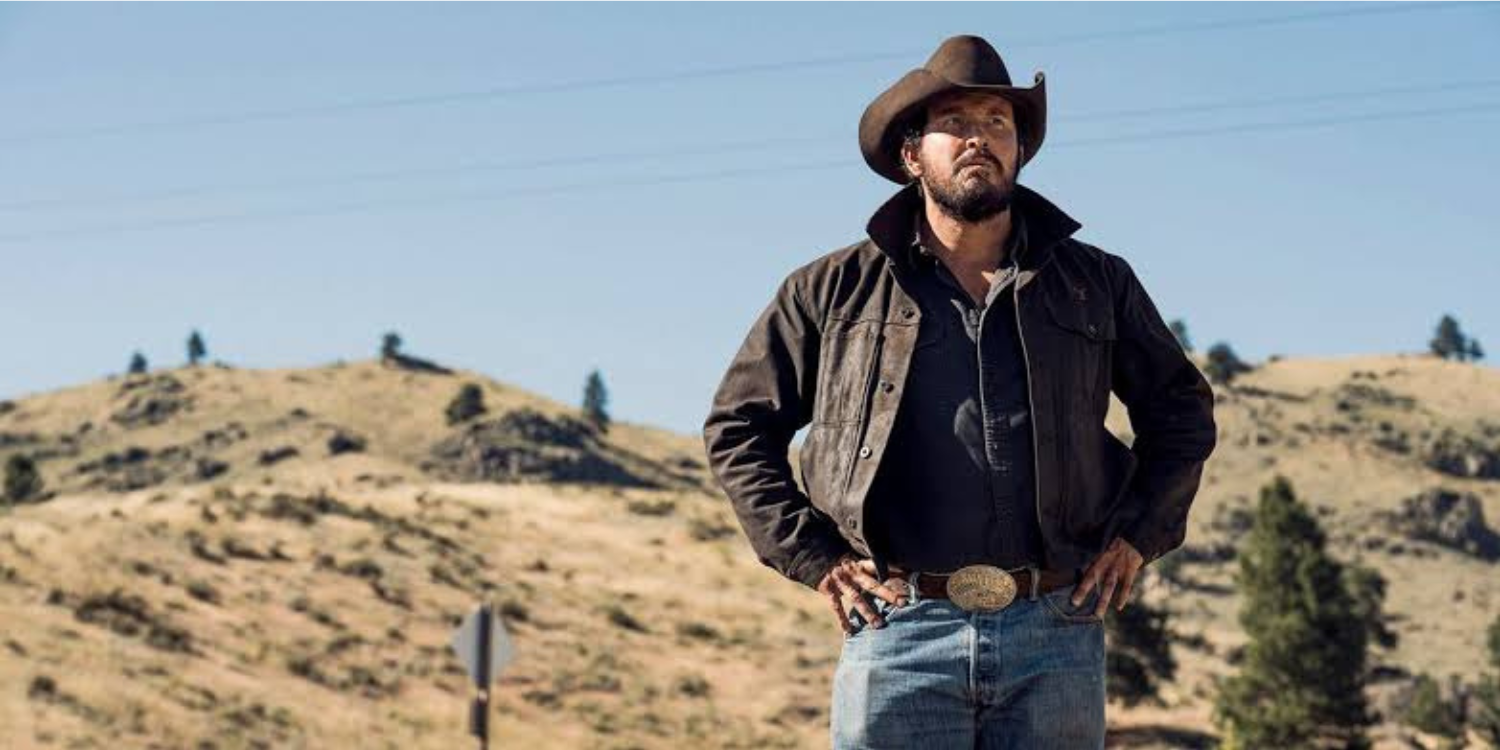You Look Like Willie Nelson!
Michael Ghori, owner of western-wear shop El Vaquero.
Buying a cowboy hat? It can be complicated.
Western-wear shop El Vaquero has been living a quiet life on San Antonio’s East Houston Street for 25 years. East Houston Street, on this 35 degree day in 2017, is reminiscent of the vacant pandemic retail streets we will know in the future. The George Floyd riots haven’t happened here yet. No rubber bullets. No tear gas clouds. No sirens. No punched-in shop windows. Once El Vaquero does take some big hits however, volunteers will arrive, and step over the broken glass to empty garbage bins of debris into bigger bins. Looters will become so flush with custom boots, shirts, and hats that El Vaquero’s shelves will become almost empty. COVID will subsequently threaten El Vaquero’s survival too.
Today, however, it’s business as usual.
El Vaquero’s arthritic front door is fitted with a bell that chimes like the one in The Never Ending Story’s bookstore scene.
The shop’s merchandise — rib-kicking boots, trophy-sized belt buckles, bolos for chicken-strangling — displays on racks, shelves, and wall hooks.
Store owner Michael Ghori, a cobbler of quiet but palpable sagacity on all things cowboy hats, is behind the counter.
He has a question about my future cowboy hat that I don’t know how to answer.
“Are you going to use it?” he asks. “Or are you going to abuse it?”
Country artist Orville Peck subverts the hyper-masculine cowboy archetype of the ‘50s and ‘60s. [Photo: Carlos Santolalla]
Western cinema abounds with portrayals of cowboys in hats that are utilitarian tools for practical activities such as fanning fire, drinking water, and blocking the sun.
In reality, many cowboy hats are crude souvenirs that fly out of $2 shops, and jockey alongside best-selling autobiographies on newsagency shelves in airports.
Around San Antonio’s souvenir strips, it’s easy to find lobster-coloured tourists — be it real estate agents, IT technicians, brides-to-be — marauding in two-dollar straw hats on their bourbon-addled larks.
For Ghori, hat ownership is a serious responsibility. He values the rituals of brushing a hat, spraying it, shaping it, setting it down right, and storing it carefully. Listening to him espouse the virtues of hat care, he might be talking about caring for a household pet.
Margot Price’s ‘Cocaine Cowboys’ puts the spook into cowboy authenticity.
The ideal hat, to my head, is a symbol of free expression, escapism, transience, and subversion.
You don’t have to be a glutton for some of the shittiest exploitative manual labour going around to qualify for access.
Country singer Orville Peck will say it notably when he tells NPR:
“People might think that country music, or the image of the cowboy, is cis, straight, white, American kind of world, but… a lot of the first cowboys were actually not white. A lot of them were Black. And most of the cowboy aesthetic, the look and everything - a lot of that is drawn from Latin culture and Mexican fashion, and Mexican heritage, too. And there's something really liberating and freeing about realising that that sort of rebellious, outsider power can be taken on by anybody and assumed by anyone.
“And, you know, it's like the spirit of the cowboy can live within anybody. I don't think you have to be herding cattle in order to be a cowboy. There's a profound ethos of a cowboy, as well, that seems to be catching on to more outsiders these days - people who feel on the outside…. When I was little, I grew up attached to the imagery because of that reason.”
I trail Ghori to the store’s centrepiece, the hat wall at the back. Ghori uses a long stick to pluck a black felt cowboy hat and feed it to me. It’s a “Rodeo King” hat, made by hat men from the W. Alboum Hat Company. The hat company’s origins are in hat men who breed hat men who breed hat men, with no apparent plans to cure the legacy. The Rodeo King hat’s peak noses low, and the sides undulate like malevolent roller coaster tracks. You could picture David Allan Coe perpetrating atrocities in this hat, before he started peacocking full-time in Priceline novelty wigs.
What I will learn in the future is that the theoretical checklist for choosing the right cowboy hat is comprehensive. You might need to consider your budget, your occupation, or whether your face is more Johnny Paycheck or more Dolly Parton.
In the words of Sam’s Western Store, which shapes hats for everybody from Hank Williams Jr to cowgirls to ranchers, everybody has a different personality, and the goal is to shape the hat to fit it.
One study coined the term “Urban Cowboy Syndrome” to attribute to the incidence of patients who received injuries falling from mechanical bulls at the height of the so-called urban cowboy movement. Researchers found that only one of them had previous bull-riding experience.
The El Vaquero hat steamer begins its 20-minute whir to life, and I take leave over the road, amongst the livestock horns and taxidermy of San Antonio tourist trap, the Buckhorn Saloon.
Some sweaty Alamo tourists are icing off at the bar with beer, shopping bags set down.
The Buckhorn Saloon.
When I return to El Vaquero, Ghori has come to the assistance of a Houstonian retiree who identifies as a serial hat owner.
“I am just roaming around, looking,” the retiree tells Ghori. “I saw Stetson and I wanted to come in.”
If you know any names synonymous with cowboy hats, odds are it’s John B Stetson. Stetson is a metonym for cowboy hat. It debuted its Boss of the Plains hat in 1865, as a practical but fashionable defence against the harsh realities of the American West.
The Boss of the Plains, which is still on the market today, shares company with a long list of cowboy hat types differentiated by their utility and aesthetics.
Many of today’s leading cowboy hat brands subscribe to the X-rated system. Essentially, it functions as a complex, subjective, and imperfect system to rate the quality of a hat. Hats that rate 2X are likelier to go under $100, and hats that rate 100X will generally cost more than $1000. Many hats are made of fur such as beaver fur (please, children), hare fur, or fur blends. Others are cobbled out of wool blends or straw. Some are made from leather.
The retiree tells Ghori his wife is outside. She’s leaning against a wall, trying to cope with the heat. The retiree, whose Southern drawl fills El Vaquero with plum megawattage, starts to explain why cowboy hats aren’t for his wife.
He’s so mesmerised by the hats, however, he quickly forgets about his wife.
“Oh boy, I like that hat,” he says, tenderly.
“What do you have in your collection?” Ghori says.
“Oh lord… I’ve got five.”
“Five?”
“But to tell you the truth, I was looking for a Gus in fur.”
“Oh. There’s one right there on the right.”
Yellowstone’s Rip Wheeler can mend fences, kill men with his bare hands, digest shrapnel, love unconditionally, and check off an endless list of “man jobs” on the ranch, all in a cowboy hat.





